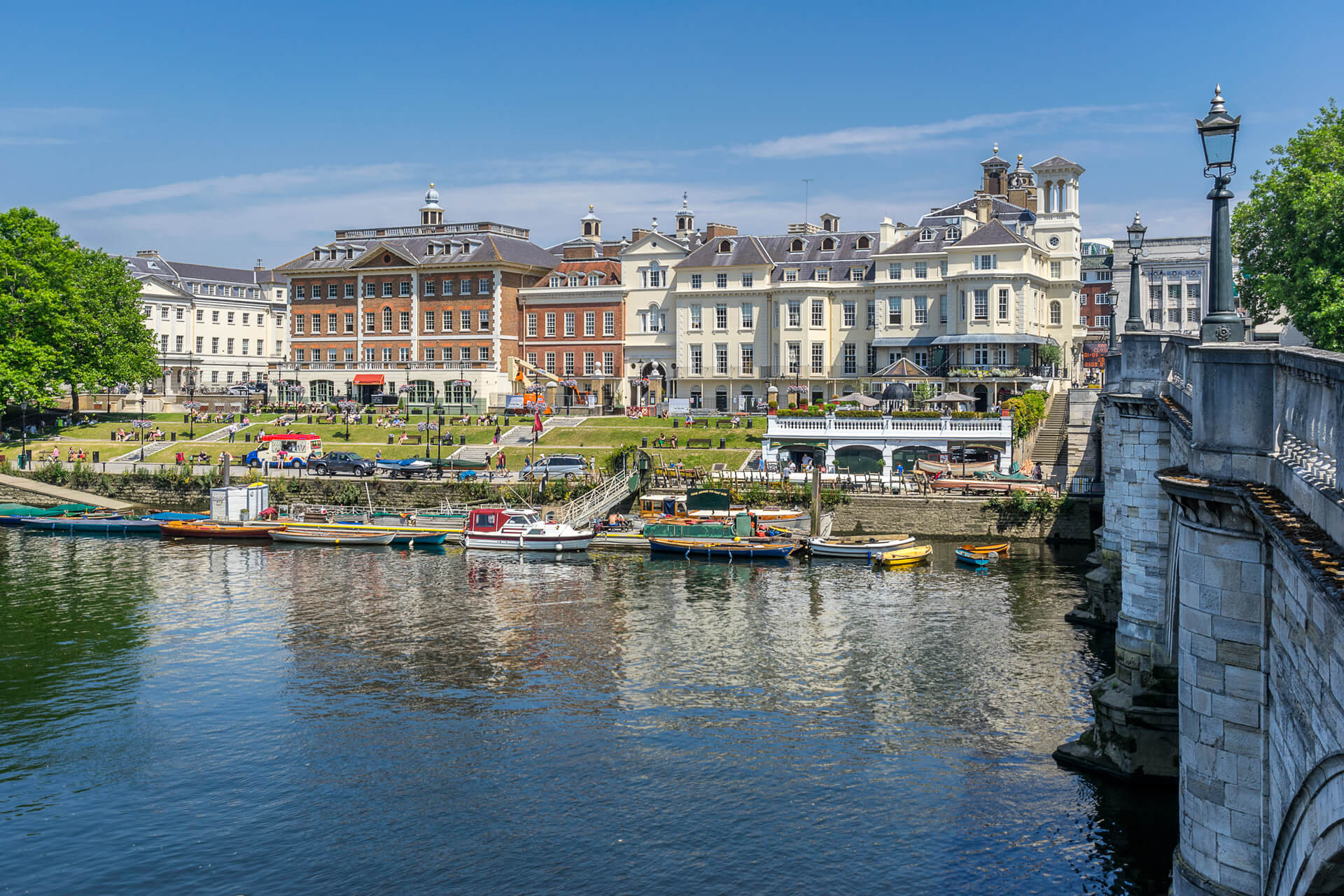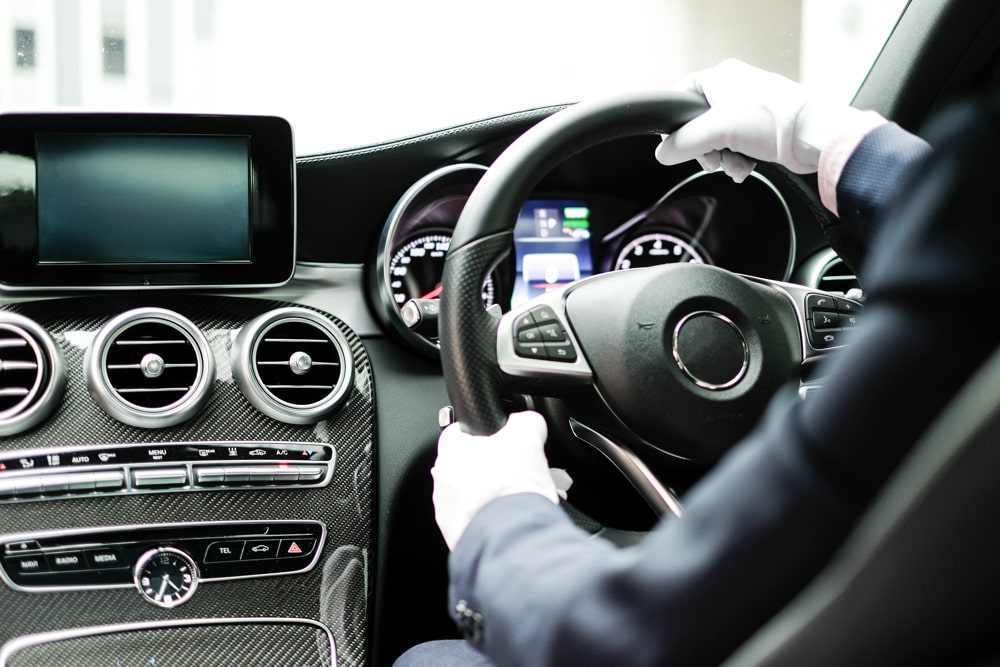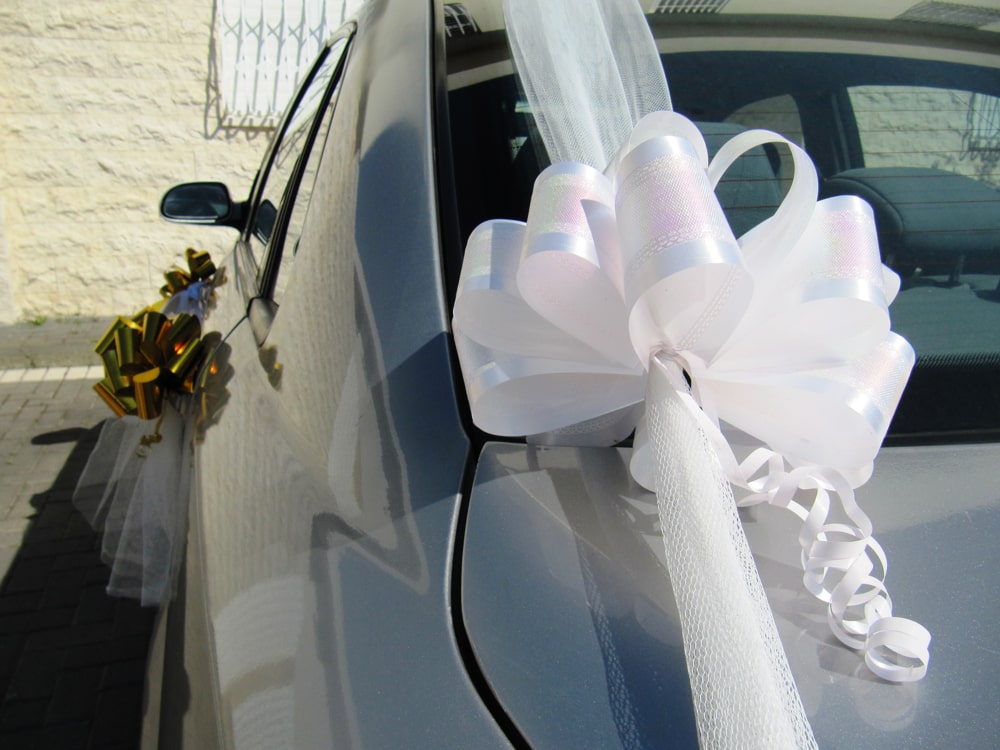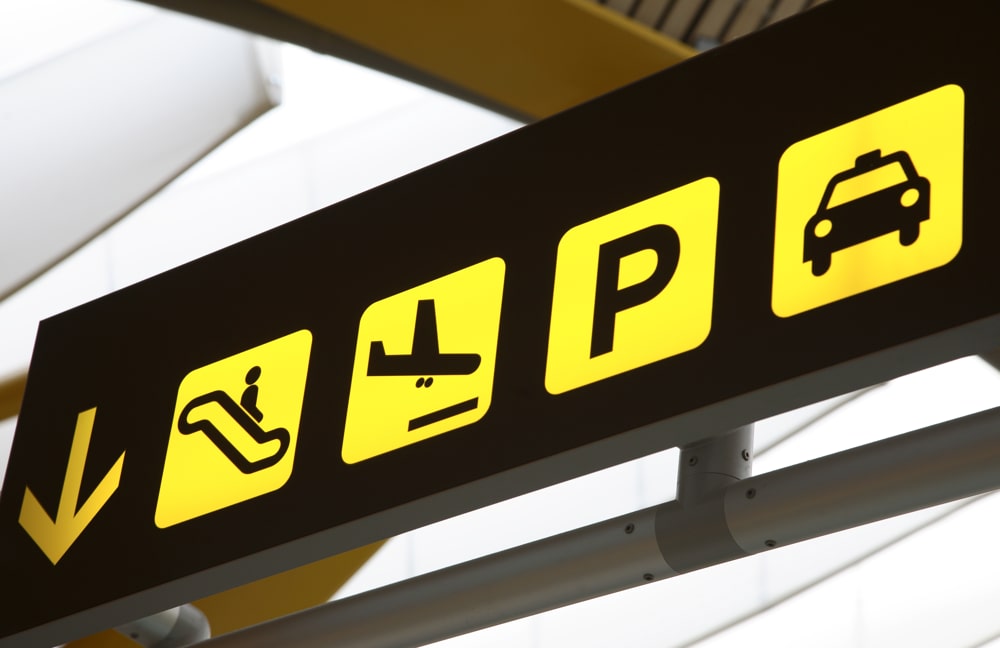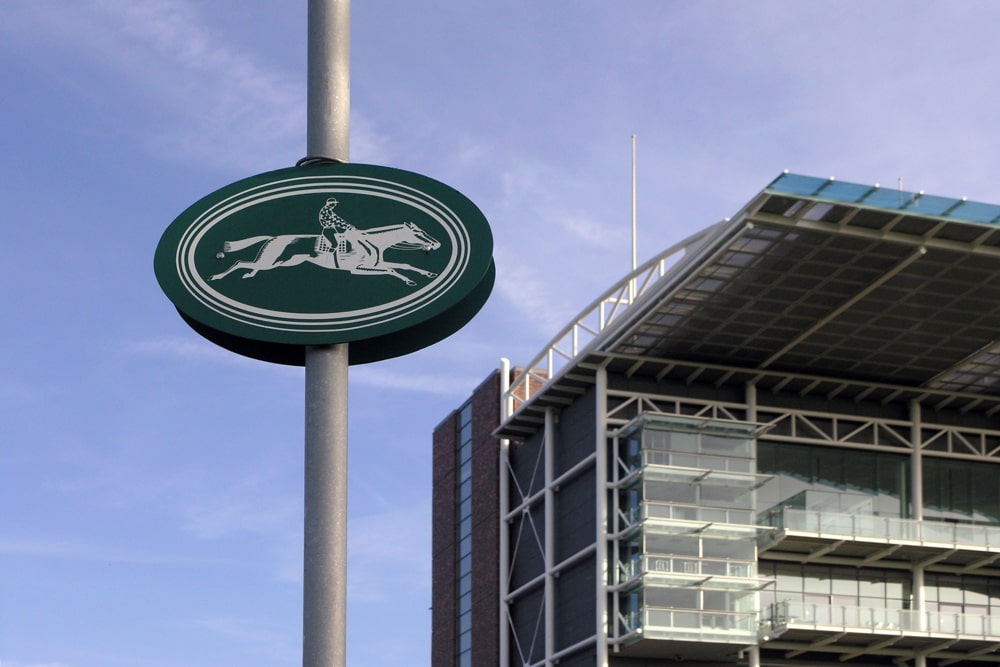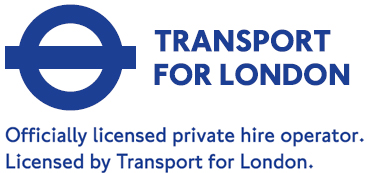Minicabs & executive cars Twickenham, TW1
Taxis and premium cars for hire in Twickenham, Whitton, or nearby areas
The team at Ridesmiths has over five decades of experience in executive cars and minicab services. Our services include everything from luxury airport transfers and corporate travel to transport for weddings and everyday journeys.
Our experienced, helpful, and friendly drivers work hard to ensure you always arrive at your destination on time and feel comfortable.
With a luxury fleet and range of vehicles for every occasion, we can tailor our services to meet your needs. We always aim to offer our services at highly competitive prices.
Our DBS-checked drivers work seven days a week, 24 hours a day, and have a wealth of experience providing comfortable and punctual transportation. For commonly-asked questions, please see our FAQs.
We always aim to go above and beyond to ensure the satisfaction of our customers. One customer recently commented: “Best taxi company I've ever used. The drivers are professional and friendly. Always have good, clean cars and are on time 95 %+of the time. They also text or call to let you know they have arrived or where they're waiting. If you use Ridesmiths, you will get the best possible service.”
Twickenham is located in the Borough of Richmond upon Thames and is on the South Bank of the River Thames. It is known as the home of rugby and the base for Twickenham Stadium, the world's biggest dedicated rugby union stadium. It is also close to Heathrow Airport (10m away), Gatwick Airport (56km away) and Central London.
Give us a call today on 020 8891 6464.
We cover all major London and nearby airpors
Frequently asked questions about our Twickenham Minicab & Taxi service
We do not have a maximum luggage allowance, but we ask that you make us aware at the time of booking if you have lots of bags, so we can ensure that you have the most suitable vehicle for your needs.
We are very happy to offer this service. Please let us know the details when you make the booking.
Yes, all our cars have the latest GPS navigation systems to ensure the most accurate and efficient routes.
The maximum number depends on the vehicle type. We have a range of cars to accommodate groups of various sizes.
No. If our drivers need to park the cars, our customers are liable for all parking charges, and we will advise you of this.
For Twickenham minicabs or chauffeur prices, get in touch
If you are looking to book a cab, airport transfer or luxury car, please call 020 8891 6464, email bookings@ridesmiths.co.uk or book online now.
We also provide airport transfers in Hampton.
We collect and drop off at any of the following locations
- Hampton Hill
- Hanworth
- Teddington

